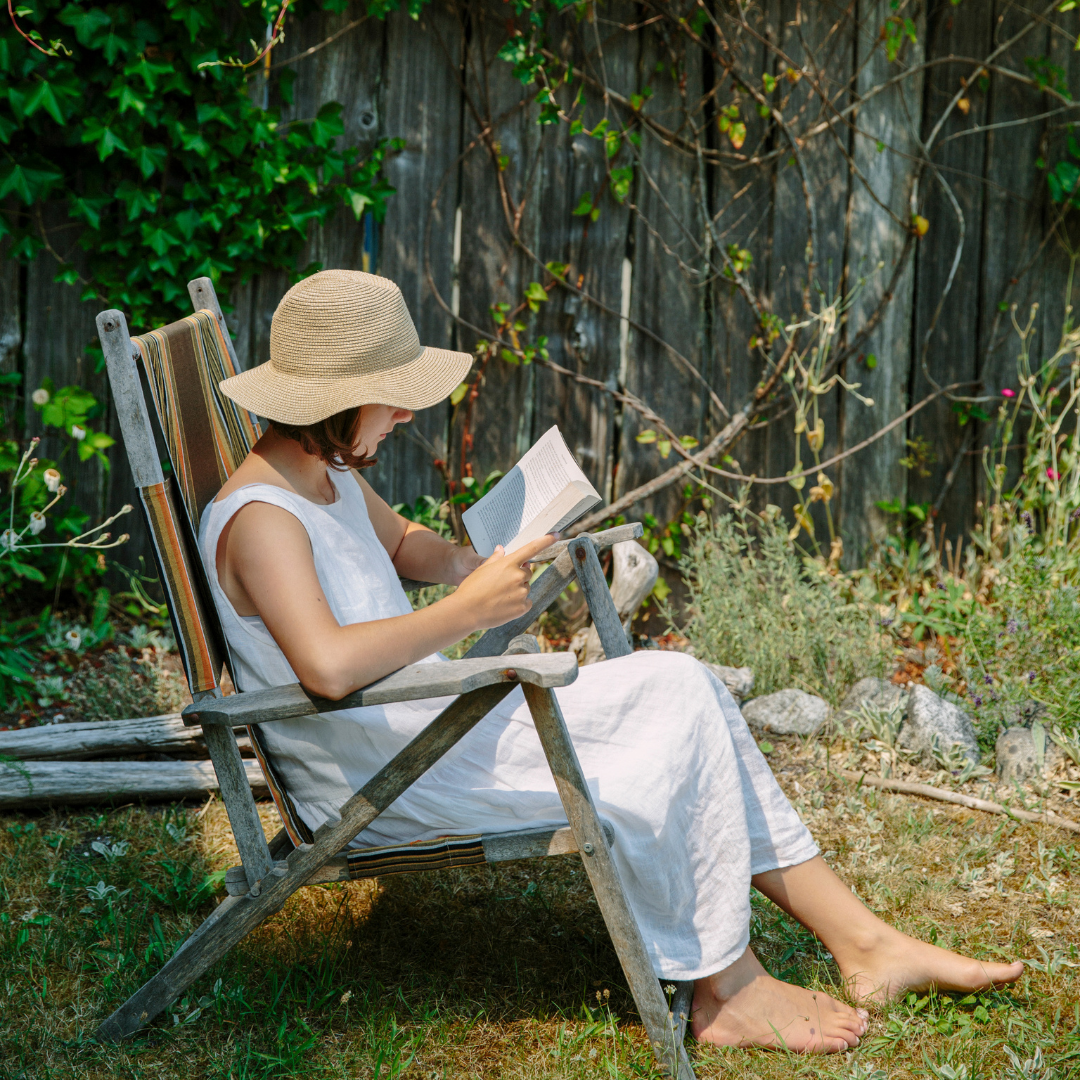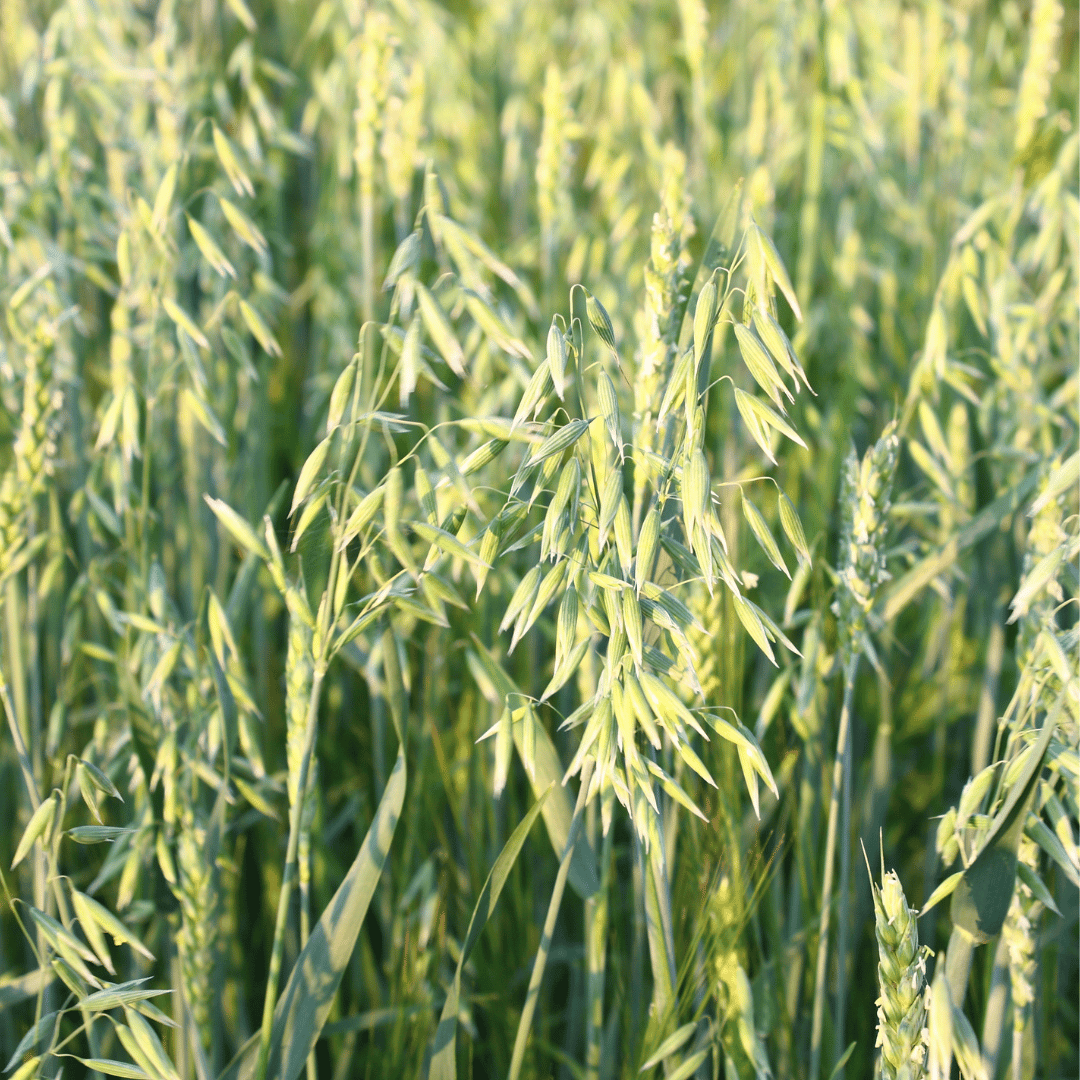 Key Herbs to Stock Up On
Key Herbs to Stock Up On
In the diverse realm of herbal wisdom, certain plants stand out as beacons during the winter months. These botanicals, with their unique properties, have been cherished by herbalists and healers for centuries, guiding us through the chill with grace and vitality.
Echinacea: Sometimes referred to as the guardian of immunity, Echinacea is like a protective cloak against seasonal sniffles. Used in traditional herbal medicine as a remedy for various respiratory ailments, including bronchitis, pharyngitis, and asthma. It has been shown to increase the number of white blood cells, which help combat infections and is often taken at the first sign of a cold or flu to reduce severity and duration. You can add Echinacea to your herbal medicine cabinet in various forms like tinctures, teas, and capsules.
Elderberry: This deep-hued berry is synonymous with winter wellness. Bursting with antiviral properties, Elderberry is the potion of choice to keep flu at bay and to give our system a fortifying boost. These potent little berries are packed with vitamins, especially vitamin C, and minerals, providing antioxidant benefits. They’re also a good source of dietary fiber, vitamin A, and potassium. The active compounds in elderberries have been shown to inhibit the replication of several strains of the influenza virus.
Available in various forms such as syrups, tinctures, capsules, and teas. Beyond its medicinal uses, elderberry is also used in making jams, jellies, pies, and even wines. It’s essential to only consume cooked elderberries; raw berries contain a substance that can cause nausea and other digestive disturbances.
Ginger: Under its spicy exterior, it radiates an enduring warmth. This warming herb not only invigorates our senses but also aids in digestion and disperses the cold, acting as our internal hearth during frosty days. Ginger can help break down and expel mucus, making it a beneficial ally for those with congestion or respiratory infections.
Ginger can be consumed fresh, dried, powdered, or as an oil or juice. It’s a common ingredient in many world cuisines and can also be found in supplements, tinctures, and teas.
Mullein: Tall and resilient, Mullein is a supportive herb that has been used since ancient times to help the respiratory system. As a shield against coughs, it ensures our breath remains unhindered, even when the air is dense with cold. Mullein leaves have expectorant and demulcent properties, which help in loosening mucus, facilitating its expulsion, and soothing irritated mucous membranes. It’s commonly used in herbal preparations for coughs, bronchitis, and asthma.
Mullein can be used as a tea, tincture, or oil extract. Its dried leaves and flowers are often used in herbal smoking blends for their mild sedative effects and to soothe respiratory systems.
Marshmallow Root: Marshmallow root’s gentle soothing properties make it a favored choice for conditions that require a protective and calming effect. This plant has been used by various cultures for both its medicinal and culinary properties. The primary component responsible for marshmallow root’s healing qualities is mucilage. Due to its demulcent properties, marshmallow root is also very beneficial for sore throats, dry coughs, and other respiratory conditions by moistening the throat and reducing irritation. Enjoy as a tea, tincture, or capsule. It can also be used as a poultice or in creams for external applications.
Storage and Preservation
In the holistic dance between plants and those who seek their medicinal wisdom, the longevity and efficacy of herbs often hinge on the proper preservation of their essence. At Wild Rose College of Herbal Medicine, we advocate for honoring these botanical treasures by ensuring their vitality is maintained from harvest to cup or tincture. Here’s how you can optimally store and preserve your herbal allies.
Keep Them Dark:
Light, especially direct sunlight, can degrade the potency and vibrancy of many herbs. Choose dark glass containers or store them in opaque containers, placing them in cool, shadowed areas.
Maintain Dryness:
Moisture is the bane of preserved herbs. Always ensure your herbs are entirely dry before storage, and consider adding silica gel packets or using airtight containers to ward off any moisture.
Temperature Matters:
A cool environment helps to retain the herb’s active constituents. A dedicated drawer or cabinet away from heat sources is ideal.
Oxygen and Herbs:
If storing herbs long-term, consider vacuum sealing or using oxygen absorbers to maintain freshness.
Rotation is Key:
Always label your herbs with a date. Rotate your stock, using older herbs first, to ensure you’re harnessing their benefits when they’re at their peak.
Tinctures and Oils:
Alcohol-based tinctures tend to have a longer shelf life than glycerin-based ones. Store in a cool, dark place and make sure the lids are tightly sealed. For infused oils, keep them away from direct light and heat.
Rejuvenate Your Herbs:
Occasionally, check on your stored herbs. If they’ve lost their aroma or vibrant color, it might be time to replenish your stock. Freshness is pivotal to medicinal potency.
Honor Their Lifecycle:
When it’s time to retire an herb from your cabinet, consider composting it, returning it to the earth in gratitude for its service.
Navigating the diverse tapestry of herbal remedies requires not just an appreciation for nature’s bounties, but a profound respect for their power. Those of us on the plant path should seek to emphasize and honor the harmonious blend of knowledge and intuition in the herbal realm.
Proper Dosages and Administration: Every herb, like every individual, has its own story. While some herbs are gentle enough to be used liberally, others require precision. Always follow recommended dosages and be mindful of preparation methods — whether you’re brewing, infusing, or tincturing.
Safety Precautions and Potential Contraindications:
Nature’s palette is vast, and while many herbs offer healing, some can interact with medications or conditions. Dive deep into the histories, properties, and known interactions of your chosen herbs. (If you’d like to explore this more we have a course all about this topic called Herb Drug Nutrient Interaction – you can learn more about the course here.)
Always consult with an experienced herbalist or healthcare professional, especially when introducing a new herb into your regimen or if you have underlying health conditions.
As we stand on the threshold of winter, it beckons us to embrace a more holistic approach to wellness. With our herbal allies by our side and knowledge as our lantern, we can journey through the colder months with proactive grace, celebrating the rhythms of the season and the ever-present dance of health and harmony.


 As the vibrant hues of autumn give way to the stark beauty of winter, nature reminds us of the ever-changing rhythm of life. Just as animals prepare for the colder months, we too must prepare ourselves — and what better way than by harnessing the potent power of plants? Winter, with its crisp air and longer nights, presents unique challenges to our well-being. From the inevitable colds and flus to the subtle shifts in our mood and energy, tapping into the age-old wisdom of herbal allies can be the key to thriving through the frosty season.
As the vibrant hues of autumn give way to the stark beauty of winter, nature reminds us of the ever-changing rhythm of life. Just as animals prepare for the colder months, we too must prepare ourselves — and what better way than by harnessing the potent power of plants? Winter, with its crisp air and longer nights, presents unique challenges to our well-being. From the inevitable colds and flus to the subtle shifts in our mood and energy, tapping into the age-old wisdom of herbal allies can be the key to thriving through the frosty season.  Key Herbs to Stock Up On
Key Herbs to Stock Up On

